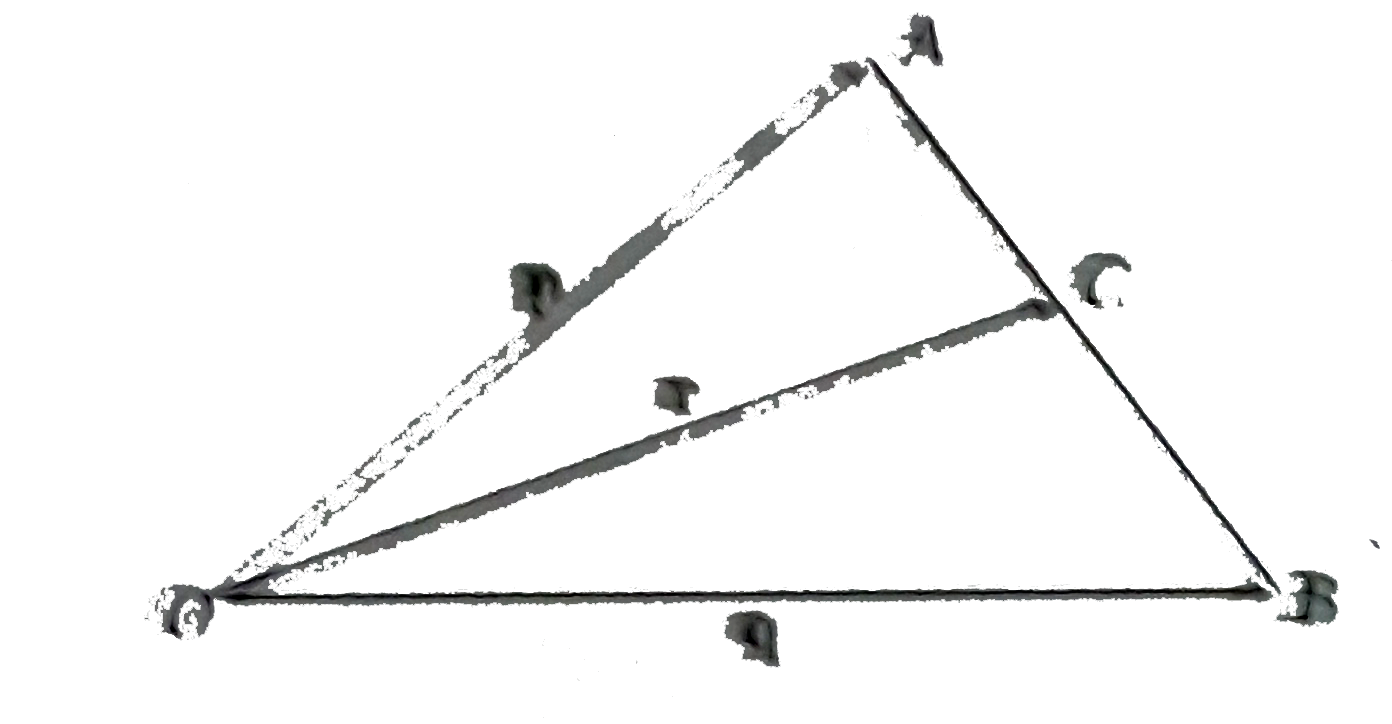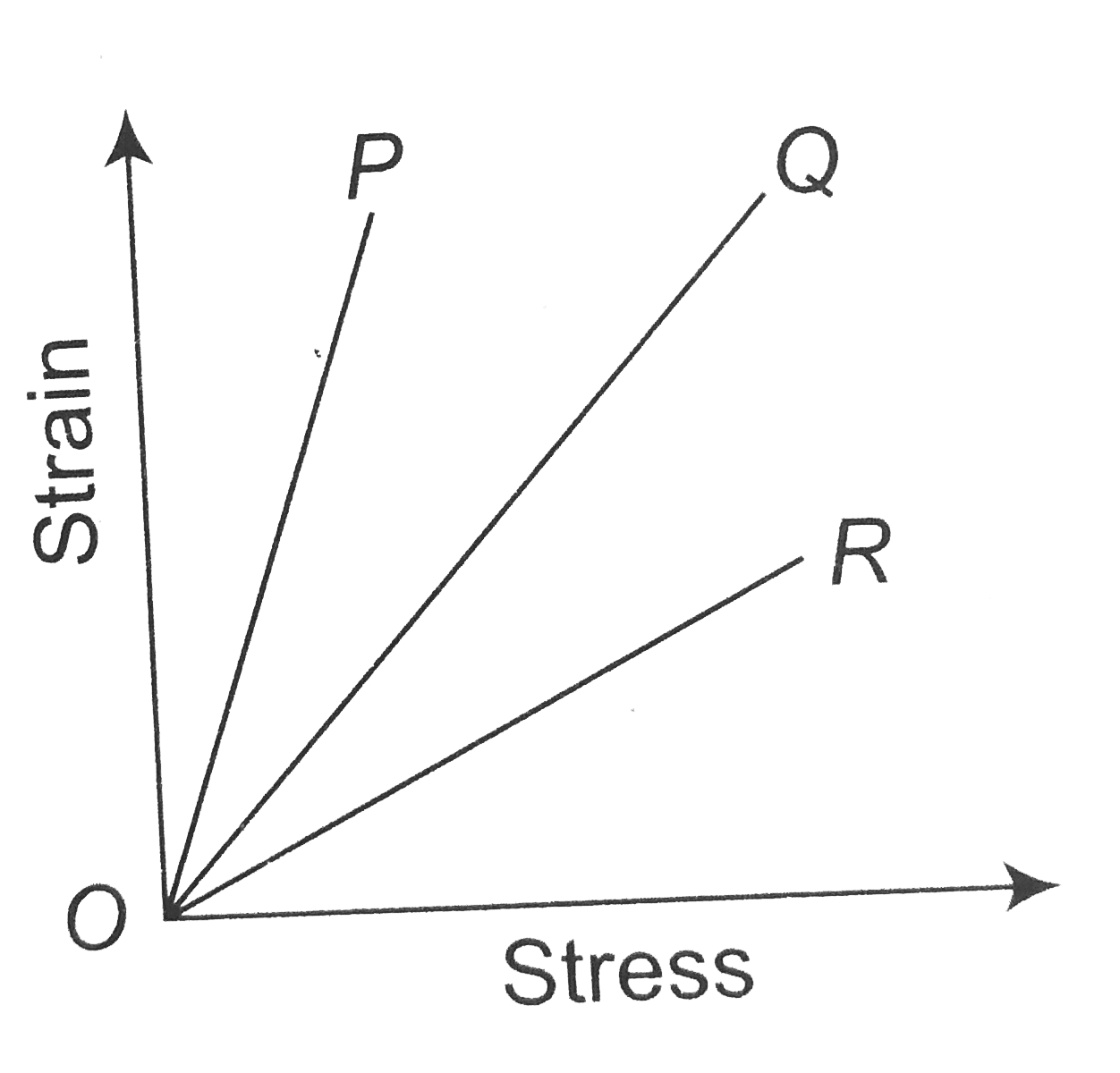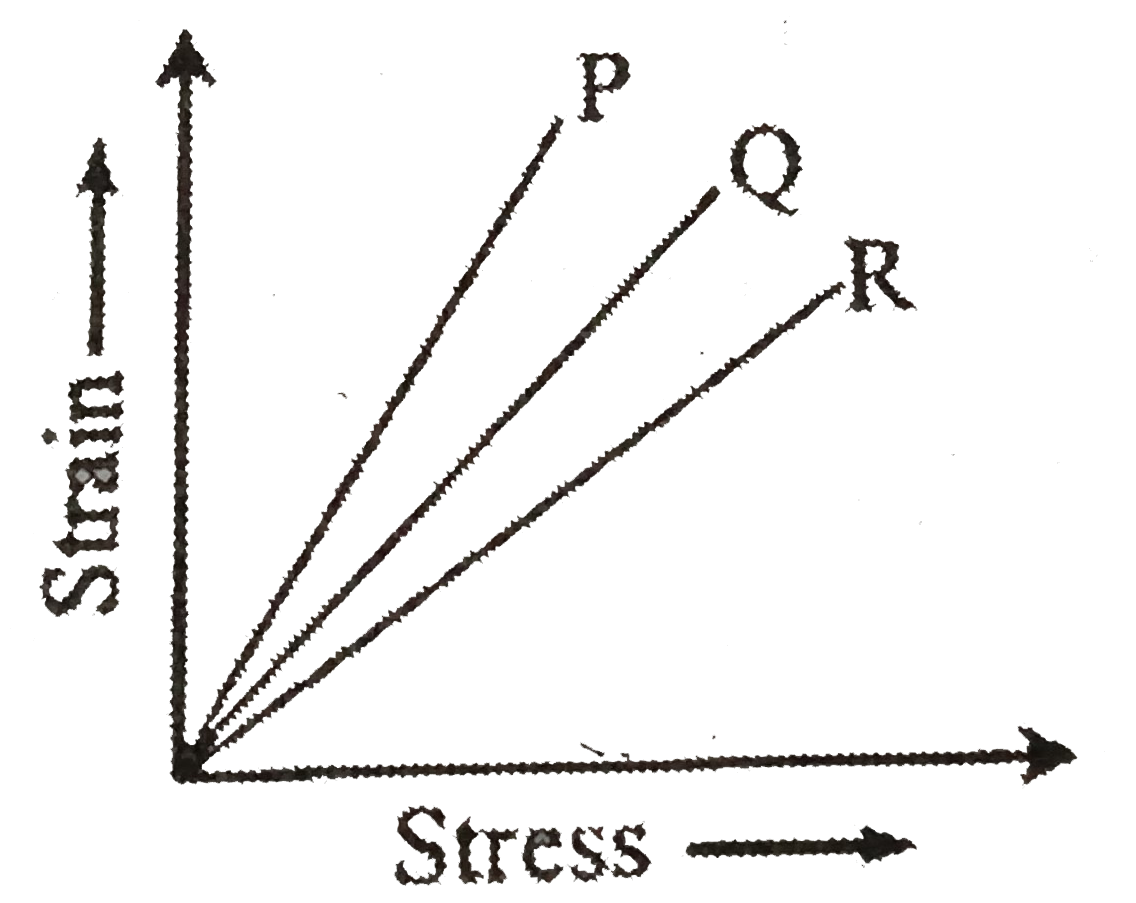Manu placed three different types of materials I, II and III in front of letters P, Q and R as shown in the figure and tried to look from the other side of each.

Which of the following is correct?
Material II is frosted glass.
Material I is glass window.
Material III is wooden door.
All of these
The correct Answer is:B
As letter P is clearly visible, material I is transparent i.e., glass window. As letter Q is not visible at all, material II is opaque i.e., wooden door. As letter R is partially visible, material III is translucent i.e., frosted glass.
Similar Questions
Figure show's three vectors p,q and r where C is the mid - point of AB Then which of the following relation is correct ?

View SolutionThe barrier potential of a p-n junction depends on : (i) type of semiconductor material (ii) amount of doping (iii) temperature.
Which is one of the following is correct?
View Solution
Knowledge Check
Figure showns three vectors p,q and r where C is the mid - point of AB Then which of the following reation is correct ?
 Ap+q=2rBp+q=rCp−q=2rDp−q=r
Ap+q=2rBp+q=rCp−q=2rDp−q=rP is daughter of Q, while Q and R are sisters of each other. S is mother of R. If M is son of S, then which of the following statements is correct?
AS is brother of QBM is cousin of QCM is maternal uncle of PDQ is brother of MThe barrier potential of a p-n junction depends on : (i) type of semiconductor material (ii) amount of doping (iii) temperature.
Which is one of the following is correct?A(i) and (ii) onlyB(ii) onlyC(ii) and (iii) onlyD(i), (ii) and (iii)

The strain stress curves of three wires of different materials are shown in the figure. P, Q and R are the elastic limits of the wires. The figure shown that
View Solution
The strain stress curves of three wires of different materials are shown in the figure. P, Q and R are the elastic limits of the wires. The figure shown that
View SolutionThe strain-stress curves of three wires of different materials ar shown in the figure P,Q and R are the elastic limits of the wires. The figure shows that :

View SolutionThe barrier potential of a p−n-junction depends on
(i) Type of semiconductor material
(ii) Amount of doping
(iii) Temperature which of the following is correct?
View SolutionThe stain-stress curves of three wires of different material are showm in the figure P,Q,R are the elastic limits of the wires, the figure shows that

View Solution
